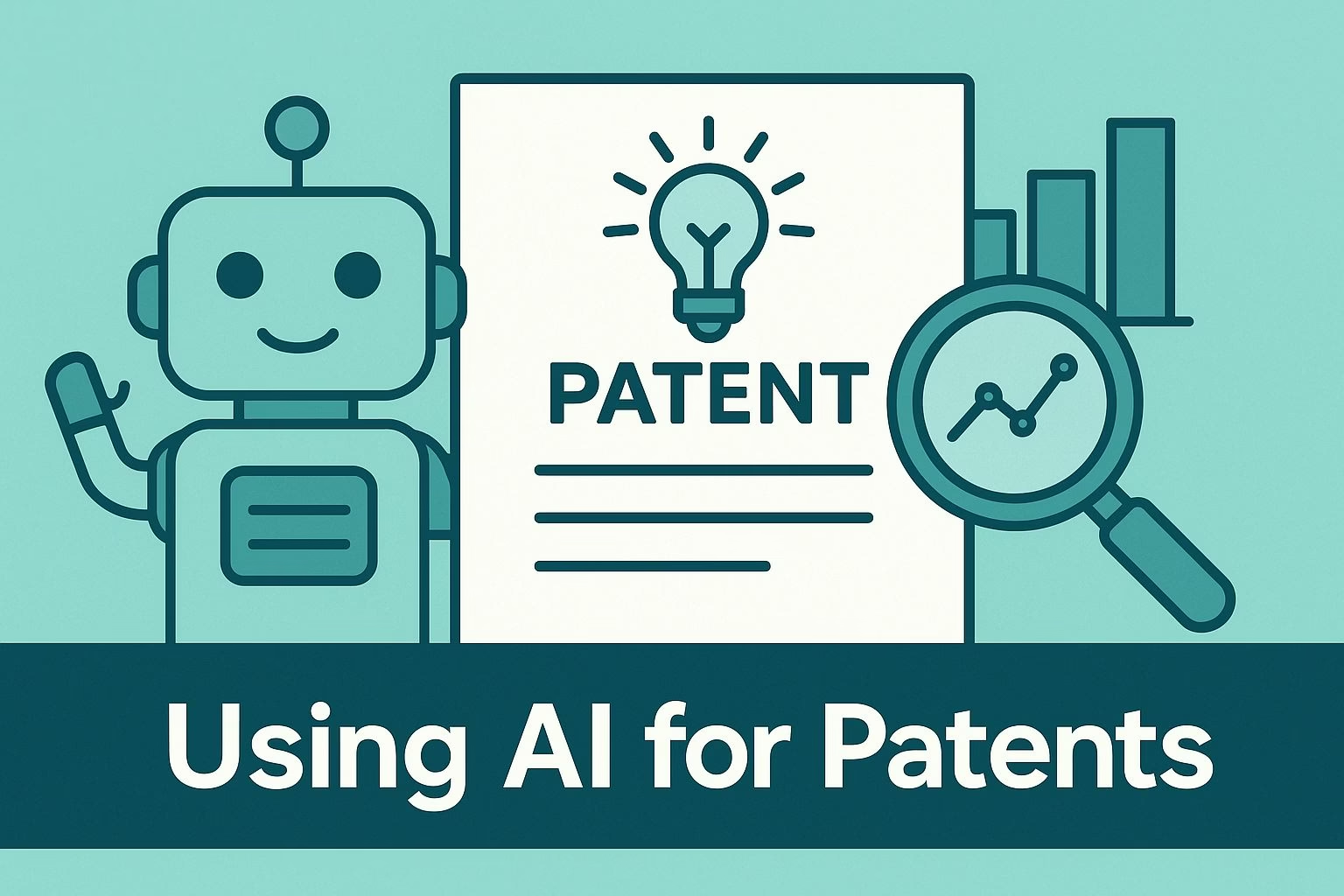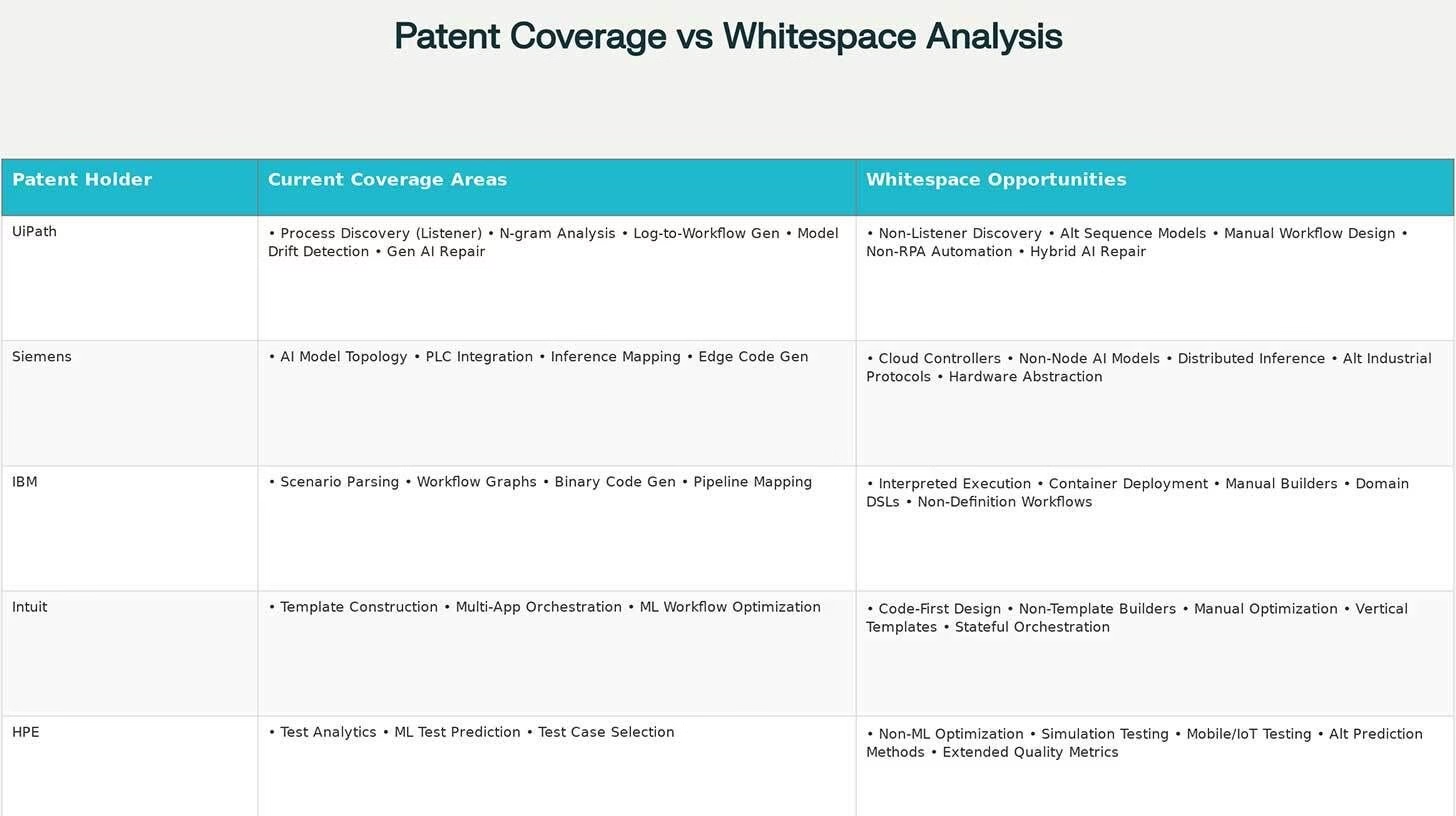How to Use AI to Find Patents and Identify Innovation Opportunities
Key takeaways:
- AI tools like Perplexity simplify patent discovery by providing instant access to active filings and ownership data.
- Agent Mode enables deep, cross-jurisdictional research with automated charts and CSV outputs.
- Analyzing patent clusters helps identify innovation gaps and reduce infringement risk.
- Insights from AI-driven research inform smarter product design and innovation strategies.
The process of finding patents has always been tedious. Most inventors spend hours scrolling through databases just to check if their idea already exists.
Now, AI tools like Perplexity make it possible to search, analyze, and visualize patents within minutes.
This tutorial explains how to use Perplexity’s AI-powered Patent Research feature to uncover existing filings, locate whitespace, and spot high-opportunity areas for new inventions.
You’ll know how to:
-
Find active patents related to your niche.
-
Identify ownership patterns and potential risks.
-
Analyze data visually to guide product design or R&D efforts.
Let’s see how AI helps you move faster while reducing the chance of infringement.
Step 1: Search Naturally on Perplexity
Start by going to Perplexity.
Type your query as you would in a normal conversation.
For example:
“Are there any patents related to AI automations?”
Once you search, Perplexity activates Patent Research (beta). This mode automatically displays relevant patents, owners, and filing dates.
You’ll see data grouped by patent type and jurisdiction, helping you understand who’s active in the field and when.
The more natural your query, the better the AI understands your intent. This is different from traditional patent databases where you have to use rigid filters or keywords.
Tip: Start broad to get a full view of the patent landscape before narrowing down your search.
Step 2: Refine and Ask Follow-Up Questions
Once the first set of results loads, refine your search. For instance, you might ask:
-
“Find active patents for AI-driven industrial automation and model drift detection.”
-
“Summarize the main claims in these patents.”
-
“Show whitespace in this field.”
Perplexity treats each follow-up as part of the same conversation, automatically cross-referencing earlier queries.
It pinpoints key claims and highlights unoccupied areas, spots where new ideas could thrive without overlapping existing patents.
When you toggle Agent Mode, the AI expands the analysis across multiple jurisdictions, builds data tables, and generates visualization charts showing completion steps like “12 steps completed.”
Step 3: Review Patent Charts and Data Files
After running your search in Agent Mode, Perplexity provides downloadable outputs that make analysis easier. You’ll typically get:
-
PNG charts showing clusters of related patents and risk zones.
-
CSV files listing patent IDs, titles, owners, and claim summaries.
These visualizations help you see which companies dominate specific areas and where the whitespace lies.
For example, if a chart shows dense clustering around a technology, it’s probably well-covered. Sparse zones highlight unexplored directions that might offer safer ground for new development.
Spend time studying these visuals. They act as a real-time map of innovation activity and guide where your own product or concept could fit.
Step 4: Apply Insights to Product Design
Once you’ve identified gaps or overlaps, use that data to shape your project strategy. AI patent analysis doesn’t just prevent infringement, it reveals areas where your ideas can make the most impact.
Here’s how you can act on the insights:
-
Avoid building products in saturated patent zones.
-
Focus on high-opportunity and low-risk areas.
-
Identify specific technologies or claims that may need modification before filing.
-
Monitor competitors’ filings to anticipate their next moves.
This makes patent research part of your product planning instead of a post-launch obstacle.
Final Thoughts
AI is turning patent research into a fast, visual process instead of a manual grind. Tools like Perplexity give inventors, researchers, and startups a real edge by surfacing insights that used to take days to find.
The more you interact with the AI, the better it understands your goals and filters out noise. You’re not just finding patents, you’re uncovering where real innovation can happen next.
That’s what makes this shift worth paying attention to. RoboRhythms.com continues to highlight AI tools that help creators move faster and make smarter decisions.


